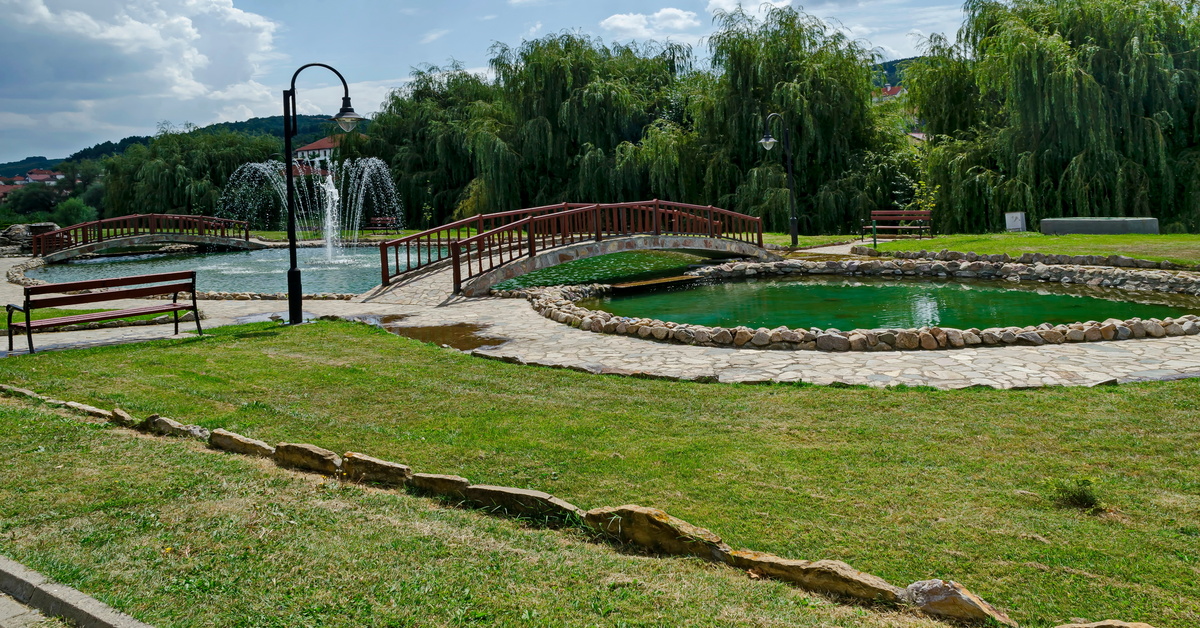Retention ponds play a vital role in managing stormwater runoff, preventing floods, and filtering pollutants. These basins capture water from higher elevations, particularly in areas with impermeable surfaces like roads and buildings. While beneficial, ponds require regular attention to function correctly. Continue reading to explore the common pond problems and how to fix them.
Algae Overgrowth
Excessive algae growth, often seen as a green film or floating mats, indicates high nutrient levels in the water. Runoff carrying fertilizers, yard waste, and other organic material feeds the algae, causing it to multiply rapidly. This overgrowth depletes oxygen, harms aquatic life, and creates an unsightly appearance. To manage algae, you can introduce aeration systems to increase oxygen and circulate water. Beneficial bacteria treatments also help by consuming the excess nutrients that algae feed on.
Leaks and Water Loss
A noticeable drop in water level that is not due to evaporation often signals a leak. Punctures or tears in the pond liner are a frequent cause. Locating the source can be difficult, but you should inspect the perimeter and any visible liner sections for damage. Repairing a leak typically involves patching the affected area. For agricultural ponds, a durable, reinforced irrigation pond liner provides a long-term solution by preventing water from seeping into the ground.
Sediment Buildup
Sediment, including soil, sand, and debris, naturally accumulates in a pond over time as runoff carries it into the basin. This buildup reduces the pond’s capacity to hold water, which can lead to flooding during heavy rainfall. To manage sediment, you can use a pond vacuum or skimmer for smaller accumulations. For significant buildup, professional dredging may be necessary to restore the pond’s original depth and volume.
Foul Odors
Unpleasant smells, often resembling rotten eggs, typically come from a lack of oxygen in the water. When organic matter, such as leaves and waste, decomposes without sufficient oxygen, it releases hydrogen sulfide gas, creating a foul odor. Installing an aeration system introduces oxygen, which promotes the growth of beneficial aerobic bacteria that break down waste without producing bad smells. Regularly removing organic debris also helps prevent this issue.
Regular monitoring and proactive maintenance are fundamental to keeping your pond in good condition. By addressing common pond problems with the right techniques, you can maintain a functional, healthy water feature. For persistent issues or large-scale repairs, consulting with a professional provides expert guidance and effective solutions.


